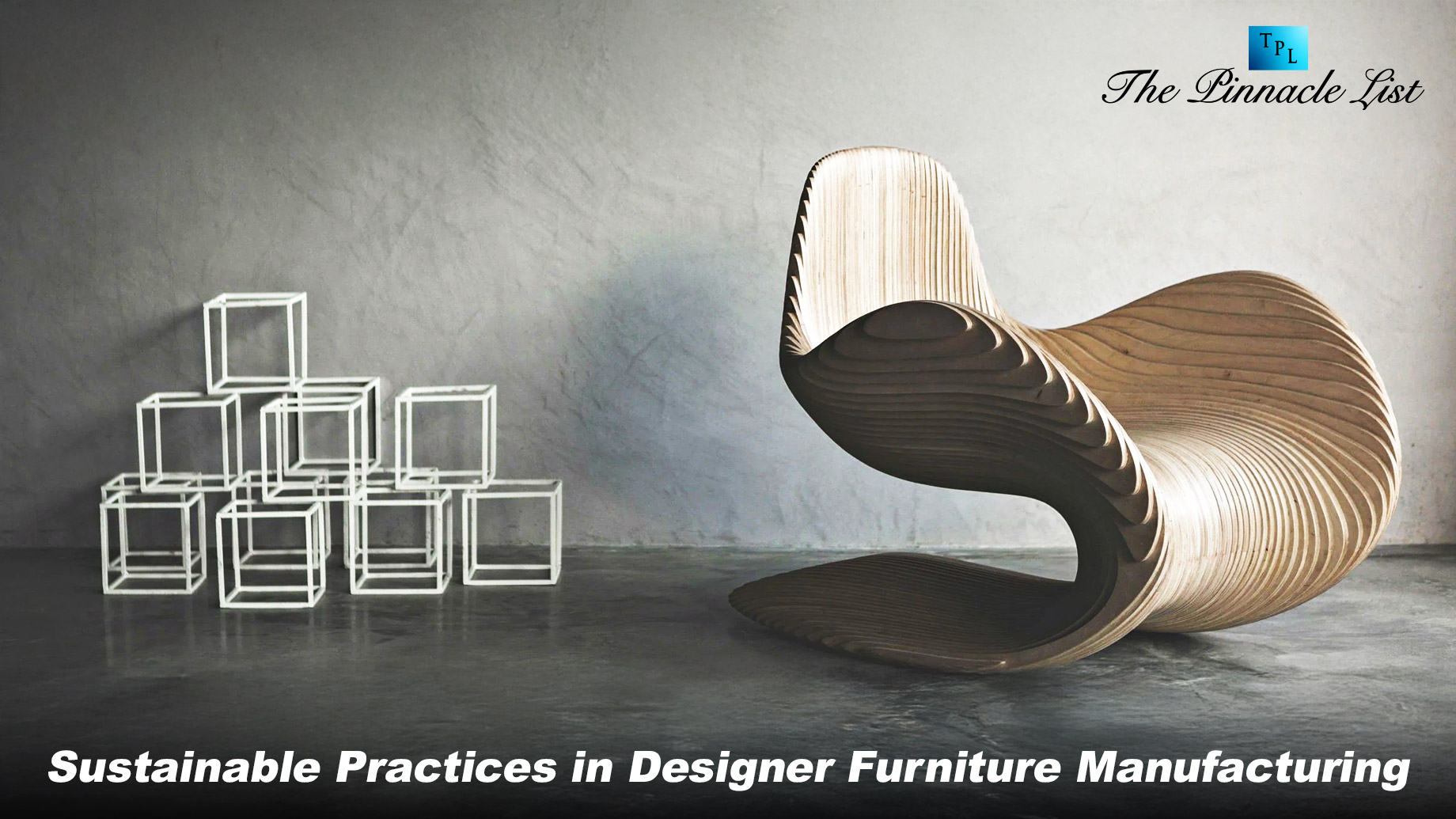
Evolution of Sustainable Design
History of Sustainability in Design
Designer furniture changed everything. Quality meant something different back then. Luxury pieces came from wherever the finest materials could be found. Nobody asked about sustainability – they just wanted comfortable, stylish homes.
Things started shifting in the 70s. Some high-end manufacturers looked closer to home for materials. Contemporary design didn’t have to cost the earth. Local artisans brought fresh ideas about working with what’s around us.
Fine craftsmanship found new meaning. Bespoke pieces could be beautiful and responsible at once. Those early sustainable practices might look basic now, but they set something bigger in motion. Even exclusive furniture houses had to pay attention.
Emotional Design and Sustainability
Some modern pieces just feel different. Minimalist design meets environmental awareness in surprising ways. You can spot handcrafted details that tell stories about their origins – each unique mark shows care for materials and process.
Sophisticated buyers started asking questions. Where did that elegant upholstery come from? How was that lavish wooden accent sourced? Sustainable furniture had to work harder to prove itself. The best pieces manage to be both chic and conscious, classic and forward-thinking.
Natural aesthetics gained new appreciation. Ergonomic design found ways to work with sustainable materials. Those vintage-inspired curves could come from responsibly harvested wood. The results feel just as functional, just as refined.
Eco-Friendly Manufacturing
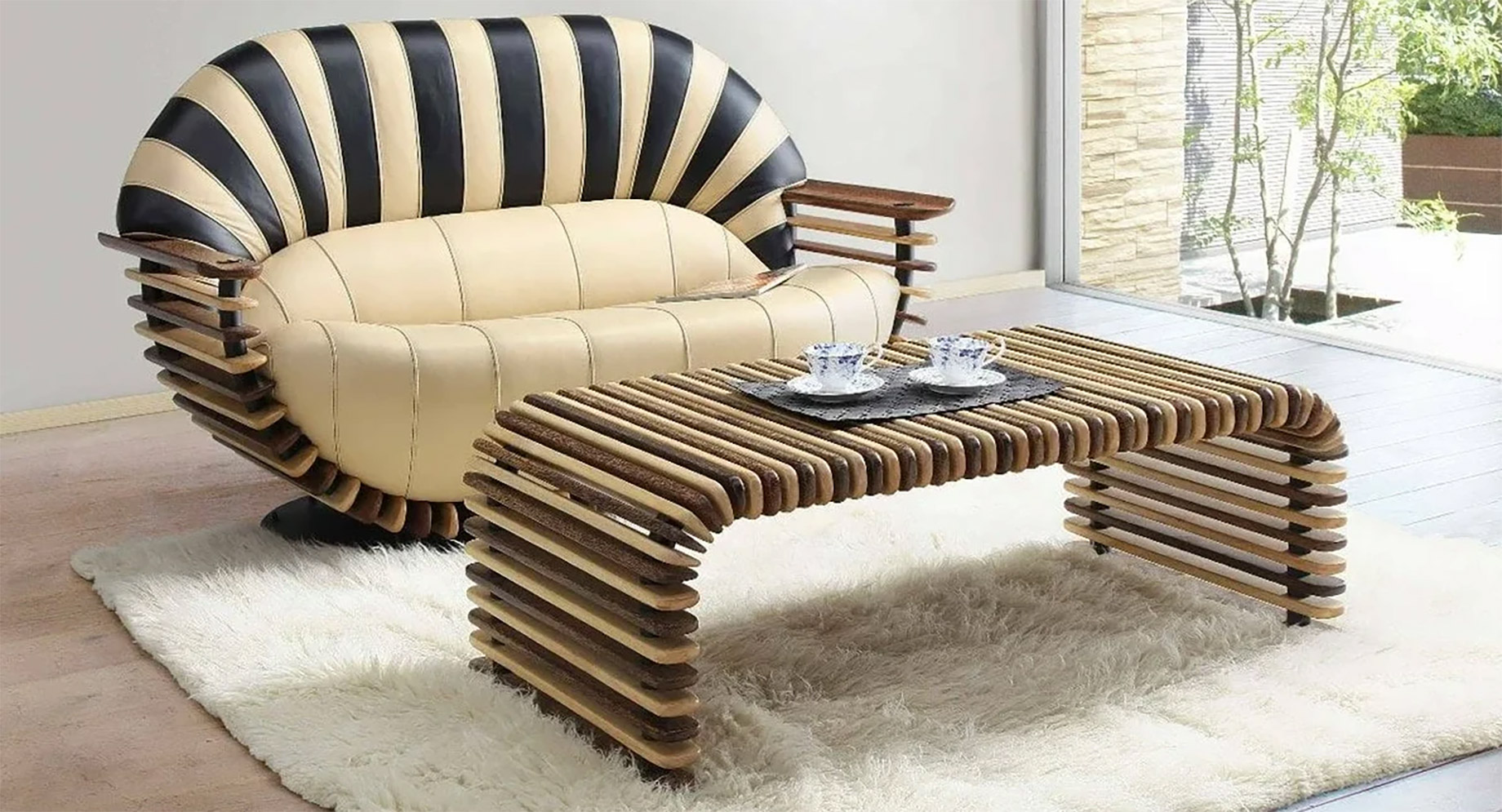
Conceptual Furniture and Sustainability
Think about how furniture gets made. Each unique piece starts with raw materials that tell their own story. Modern manufacturing methods keep evolving – some work better than others when it comes to protecting our resources. Small workshops often lead the way, showing how handcrafted quality doesn’t have to hurt the environment.
Sophisticated design starts before the first cut. Local materials reduce shipping impact while supporting nearby communities. Those contemporary pieces in your favorite showroom? They might use innovative composites made from agricultural waste. Fine woodworking traditions adapt to use sustainable species, proving luxury doesn’t need rare materials to shine.
Green Design Philosophy
Every designer faces choices. Traditional craftsmanship techniques often waste less material than mass production – those artisan methods developed when resources were scarce. Bespoke furniture makers now combine old-world skills with new ecological awareness, creating pieces that respect both aesthetics and environment.
Good design thinks ahead. That elegant sofa frame might be built for easy repair, not replacement. Comfortable upholstery these days often comes from recycled materials, though you’d never guess by touching it. High-end manufacturers keep finding ways to make their stylish pieces last longer, because true sustainability means furniture that stays out of landfills for generations. Those minimalist chairs with the chic lines? They’re probably designed to come apart for recycling when their time finally comes.
Limited Editions and Sustainability
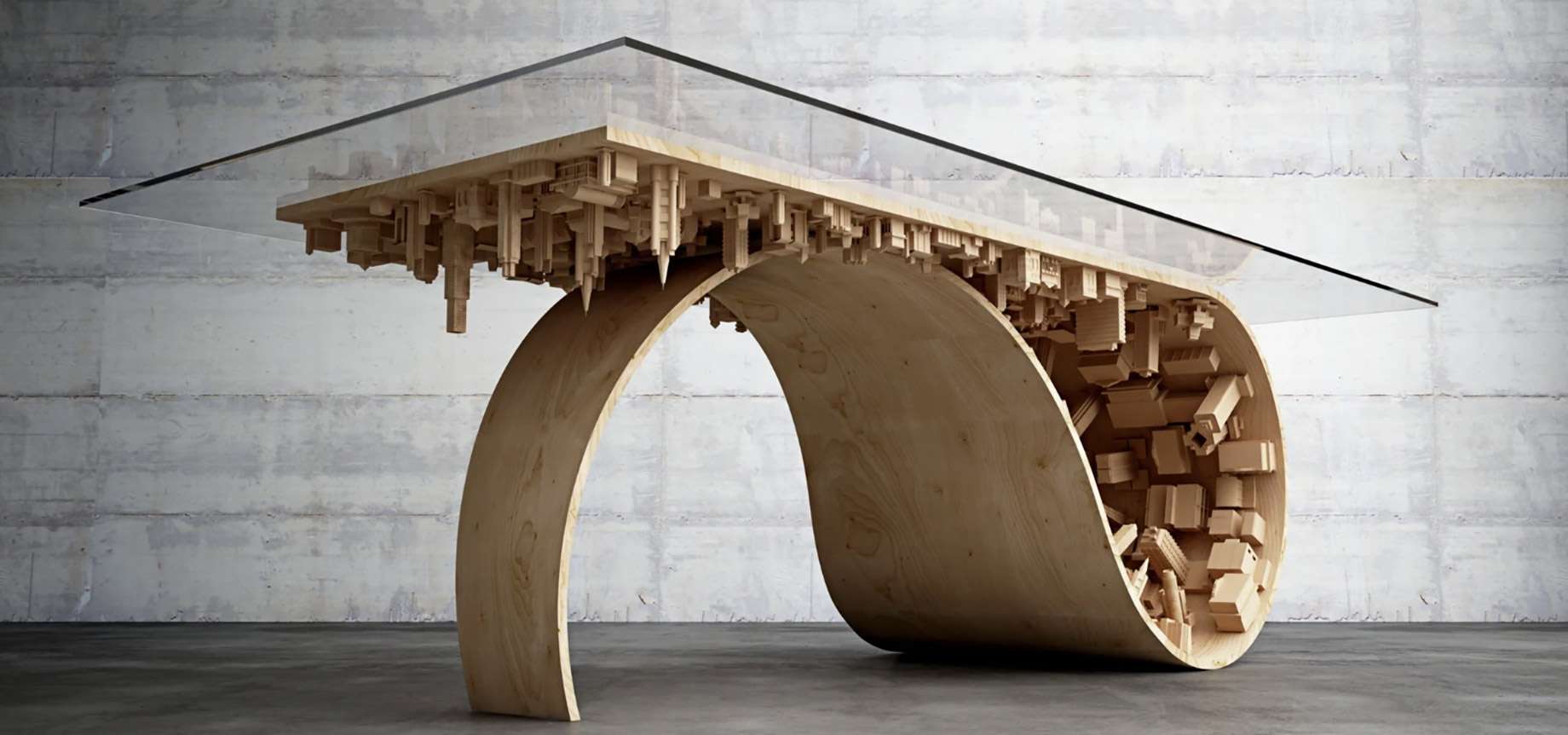
Eco-Friendly Impact of Limited Editions
Limited editions change how we think about waste. When artisans craft just a handful of exclusive pieces, every scrap of material matters. Those high-end workshops obsess over using everything – even sawdust finds new life in custom composite materials. Small production runs mean more attention to detail, less energy wasted on mass manufacturing.
Traditional craftsmanship meets modern thinking here. Fine woodworkers plan each cut carefully when they’re only making ten pieces instead of thousands. Sophisticated collectors understand this connection – how bespoke furniture created in small batches often treads lighter on the earth. Quality control gets easier too, so pieces last longer.
Art and Function in Sustainable Furniture
While contemporary furniture design often struggles to balance aesthetic appeal with environmental responsibility, limited edition pieces crafted by dedicated artisans using locally-sourced materials and traditional techniques demonstrate how lavish, stylish furnishings can emerge from deeply sustainable practices without sacrificing an ounce of elegance or comfort. Each handcrafted piece tells its own story. These unique creations show us what’s possible when designers think differently about luxury. Even minimalist pieces carry that special something when they’re made with care for both craft and planet.
Furniture as Art
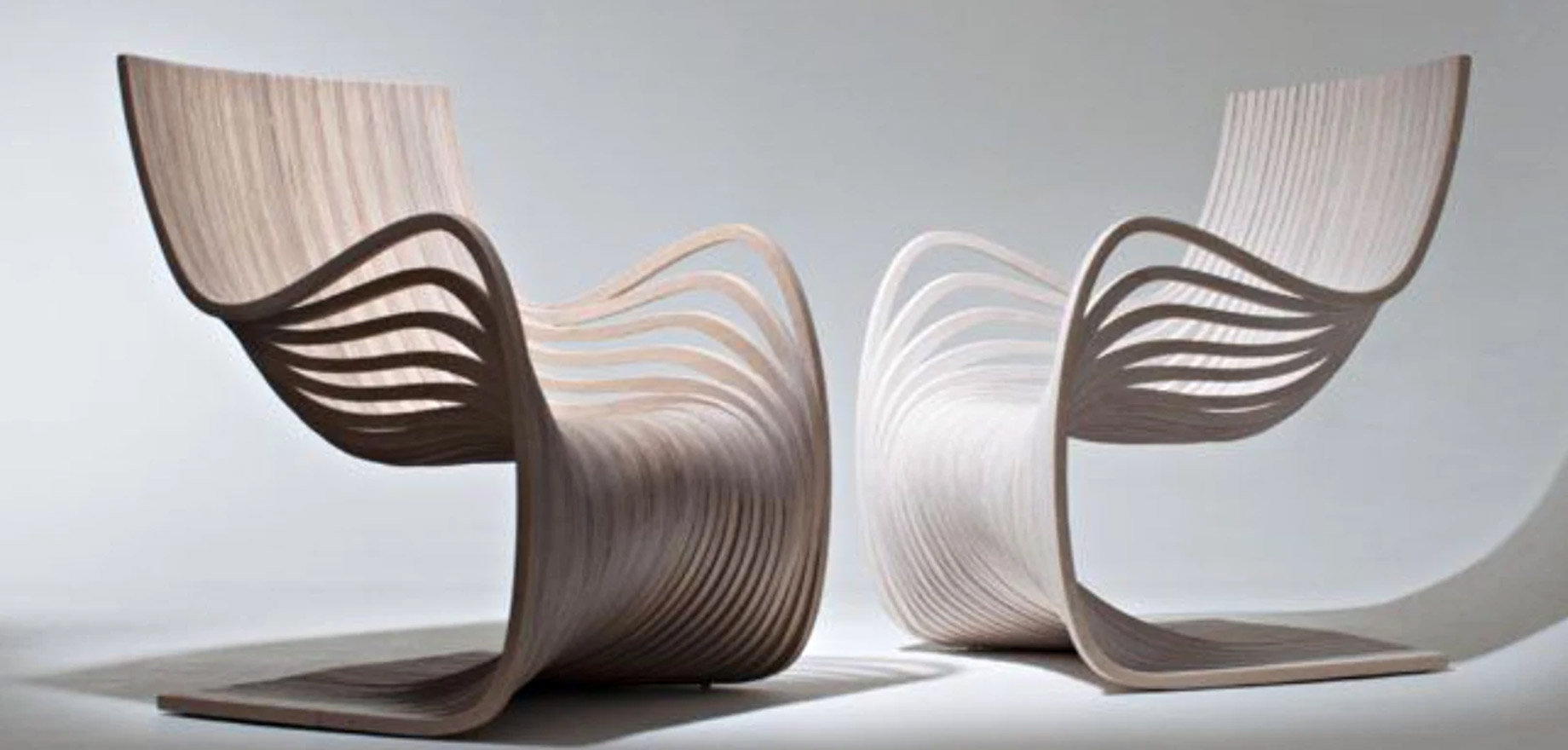
Galleries Showcasing Green Design
Custom furniture gets noticed. Those vintage-inspired pieces sitting in upscale galleries tell complex stories about sustainability. Each accent detail shows how classic craftsmanship adapts to modern environmental concerns. You spot the difference right away.
Local galleries understand presentation matters. Natural light plays across ergonomic forms, highlighting deliberate design choices. Those functional elements don’t just happen by accident – every curve serves a purpose. Exhibition spaces let sustainable pieces breathe.
Sometimes a chair isn’t just a chair. Decor pieces crafted from reclaimed materials make powerful statements. Gallery lighting reveals subtle textures in the upholstery, showing how sustainable choices enhance aesthetics rather than limiting them. Small design studios prove their point without saying a word.
Emotional Connection in Sustainable Pieces
Some furniture just feels right. Beyond the perfect proportions and careful craftsmanship, these pieces connect with something deeper. Maybe it’s knowing the materials have their own history, or seeing how traditional techniques find new life in modern workshops.
You can sense the care that went into each detail. That custom joinery wasn’t rushed – it was crafted to last generations. Even simple pieces carry complex stories about their origins, their makers, their future. Galleries showcase more than just furniture now – they’re presenting new ways of thinking about how we live with the things we choose to surround ourselves with.
Future of Sustainable Furniture
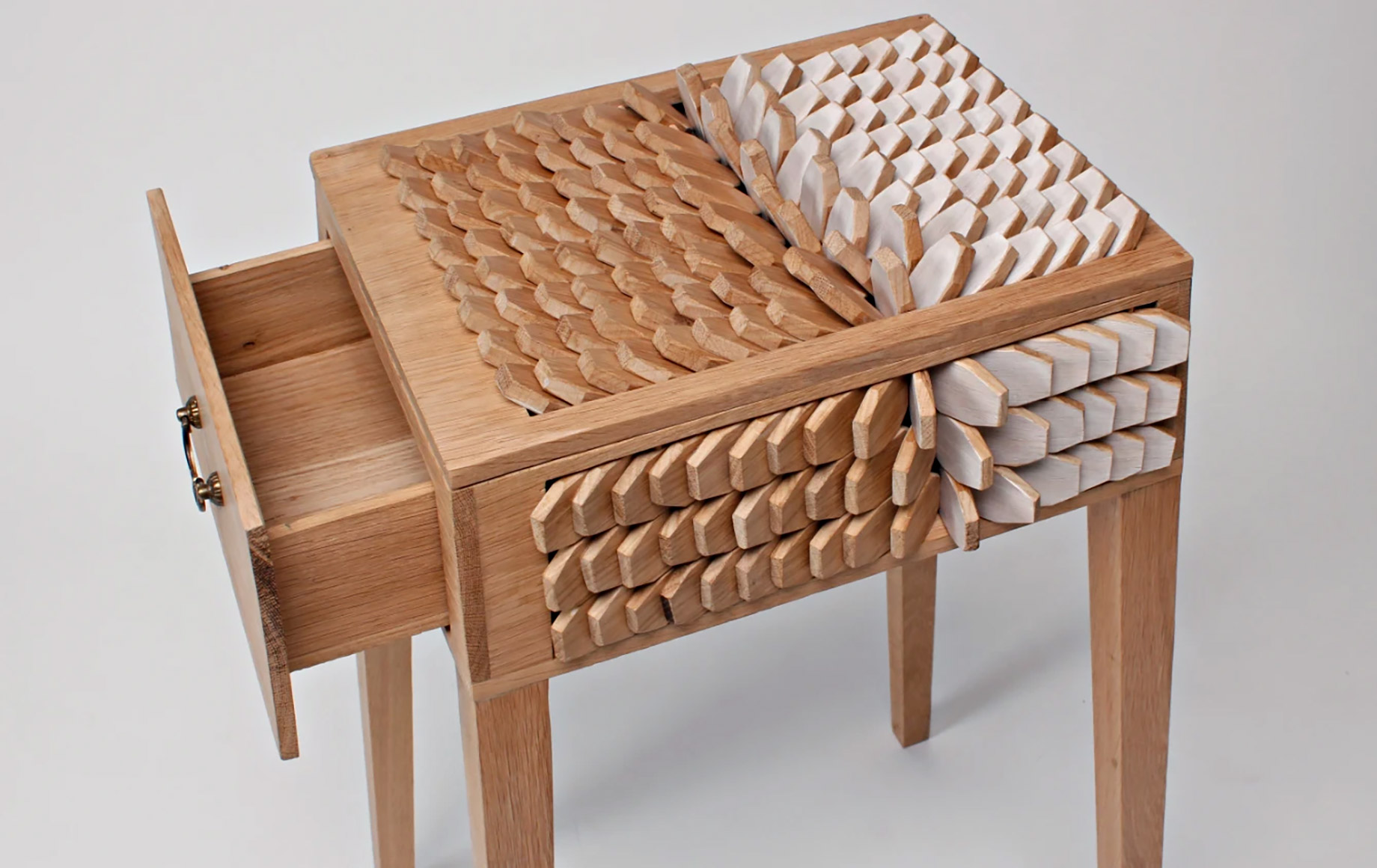
Innovative Materials and Technologies
Labs keep coming up with wild ideas. Those new composites don’t even sound real – furniture growing from mushrooms, farm leftovers turning into something beautiful. Some small workshops already use these materials. The results look nothing like you’d expect. Nature still has plenty of tricks up her sleeve.
Luxury Redefined with Eco-Conscious Design
Fancy showrooms look different these days. That plush sofa might be stuffed with recycled bottles – you’d never know by sitting on it. Good materials just work differently now. The best pieces don’t shout about being green – they just are.
New ideas creep in quietly. A workshop might use local wood for that dining table, but mix in something unexpected. Those sleek legs? Made from agricultural waste. The finish? Natural oils that get better with age. Smart designs last longer.
Time tells the real story. Those pieces in the corner workshop started as careful choices. Each cut, each join, each finish builds something that sticks around. When materials work together naturally, good design just follows. You can feel the difference when you run your hand across the surface.